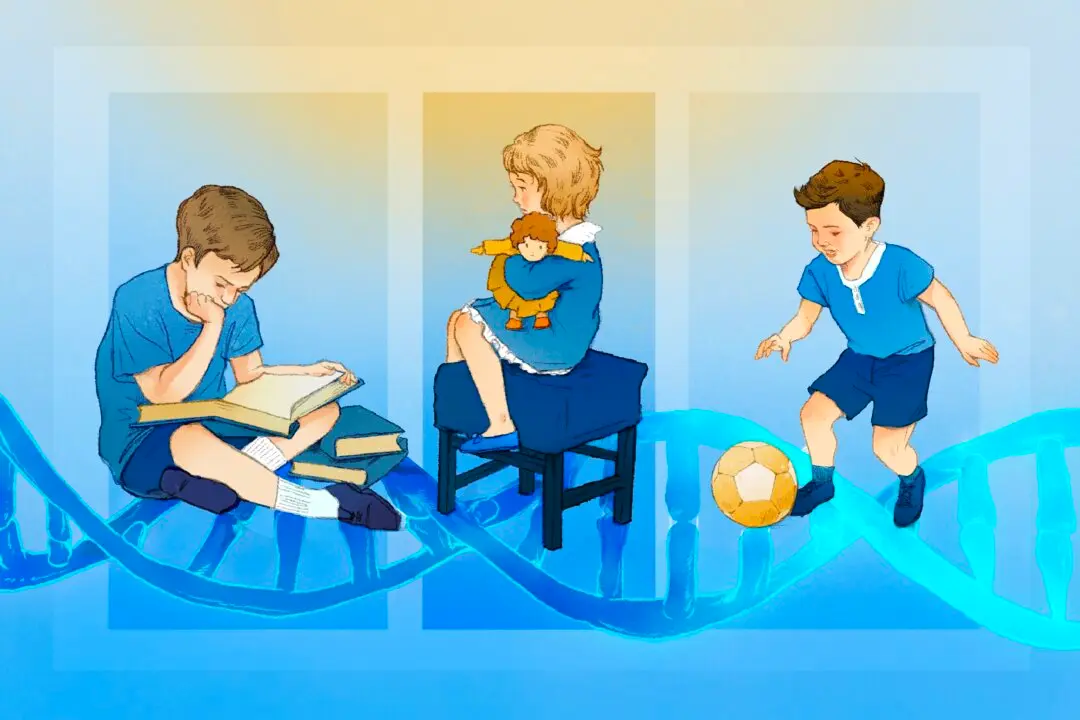Researchers from the University of New South Wales (UNSW) have found the mechanism behind sickle cell anaemia and beta thalassemia—common genetic anaemia—through CRISPR (DNA editing) techniques, with the discovery promising for future therapies.
“We can use this understanding of the mechanism to help us look for new therapeutic approaches–it’s a key piece of the puzzle,” Co-lead author Assoc. Prof. Kate Quinlan from UNSW said.





